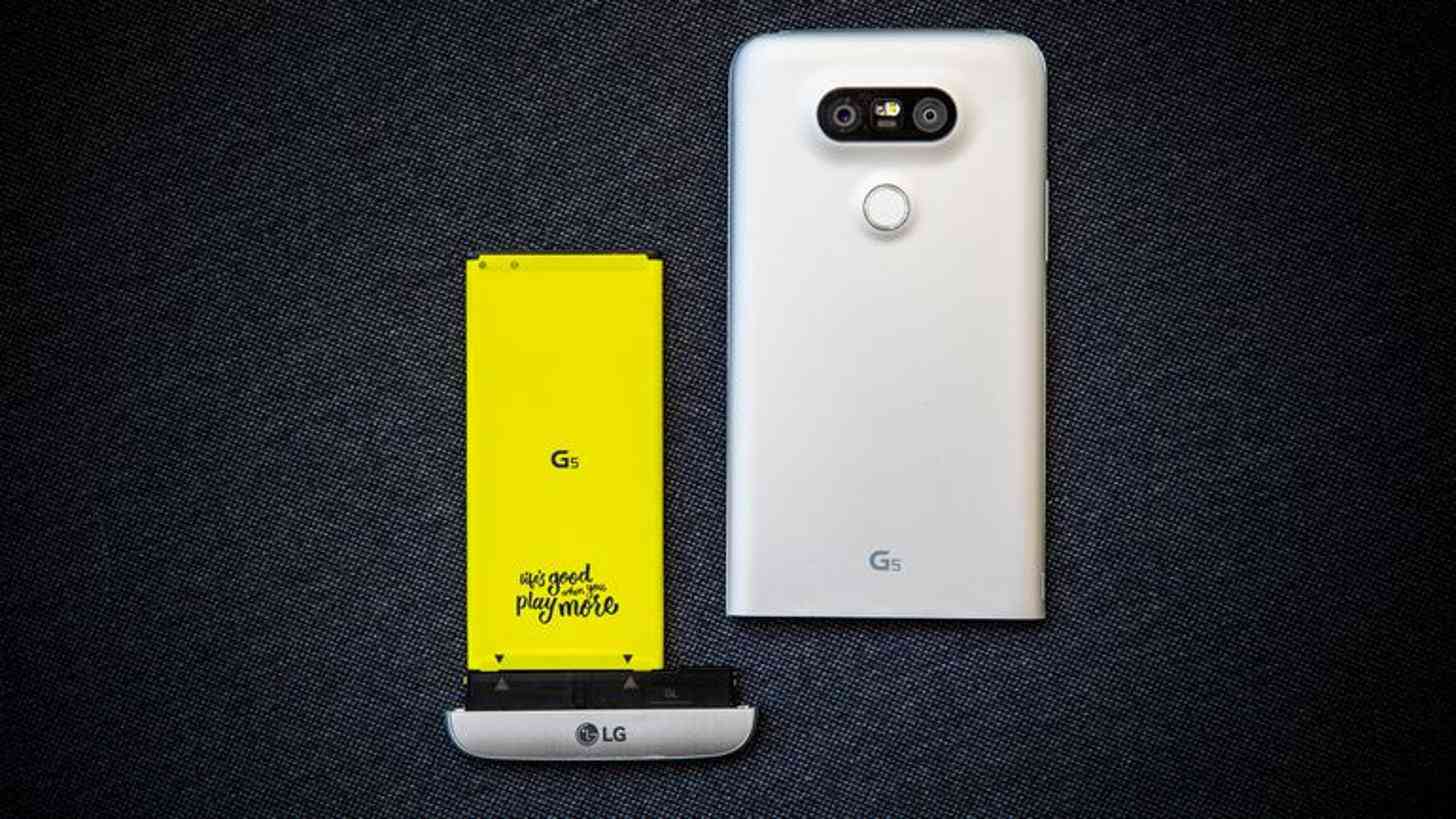
South Korean company LG recently took the wraps off of their newest flagship, the LG V20. Although relatively new with just two generations behind the name, the V series is a unique offering due to the fact that it has two screens – the large 5.7-inch main display, and a smaller 2.1-inch display just above it, which can display notifications, important information, and also serve as quick access to frequently used apps.
The V series isn't LG’s only flagship series, however, and as of this year it’s also not their only smartphone with a unique twist. During MWC earlier this year, LG unveiled the LG G5, the fifth generation to its popular G series of flagships. Unlike previous years, the LG took the G5 in a completely different direction by adding modular components.
Mildly received at best, it's hard to deny that the LG G5 was at least one of this year’s most interesting offerings. Aside from the fact that LG is one of the last remaining manufacturers that sees value in removable batteries, the G5’s “modular type” design allows certain features to be enhanced by way of separate modules. Only two official mods have ever officially been released for the G5: the LG CAM Plus module, which enhances camera capabilities and adds manual camera features, and also doubles as an extended battery. There’s also the Hi-Fi Plus module, which is a 32-bit Hi-Fi DAC and Amp for improved audio quality. LG lumps these modules in with the rest of the G5’s extensive accessory line-up, which LG has dubbed the G5’s “Friends”.
I thought that the concept was interesting, but its execution has been underwhelming. I wasn’t opposed to the G5 launching with only two modules, but I was under the impression that LG or third party developers would have elaborated on the feature by now with new offerings. Then again, the other “modular type” phone to come out this year, Lenovo’s Moto Z, also doesn’t have much to offer other than its Style Shells, an extended battery, a speaker, and a projector. Those are all neat things to have, but there’s just… not much. (It also doesn’t help that the Moto Z is missing a headphone jack, which continues to be a controversial decision no matter who does it.)
But perhaps that’s what I should have expected all along. I had high hopes on Project Ara, only to have them squashed not too long ago. Perhaps the world just isn’t ready for smartphones with modular design. After all, both the G5 and the Moto Z haven’t exactly exploded in popularity due to their unique offerings; why should we expect something even more complicated to do any better?
Which makes me wonder what LG plans to do next year with the G6. Will they continue with this modular direction, or will they go back to a simpler design?
I hope that they end up improving the phone’s design and sticking with modularity for a little while longer. First generations of new ideas don’t always pan out well, but they almost always end up being improved upon once they have some feedback to work with from consumers. And who knows? While Samsung’s Note 7 fiasco may not have necessarily frightened me away, there are a lot of people who are already looking elsewhere for their future business. LG has been somewhat of a (slowly) rising star over the past few years, so maybe next year will be LG’s time to shine.